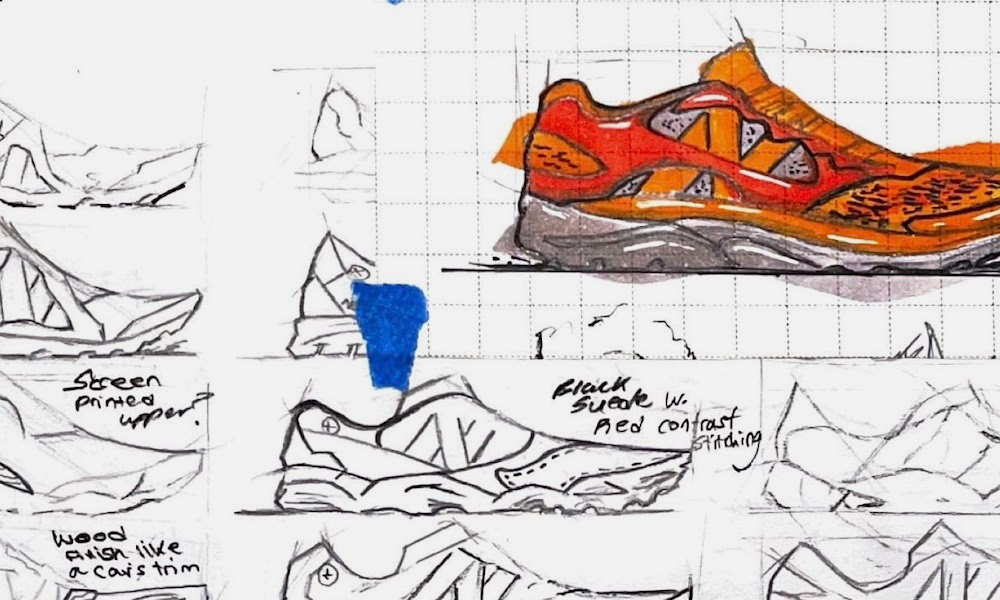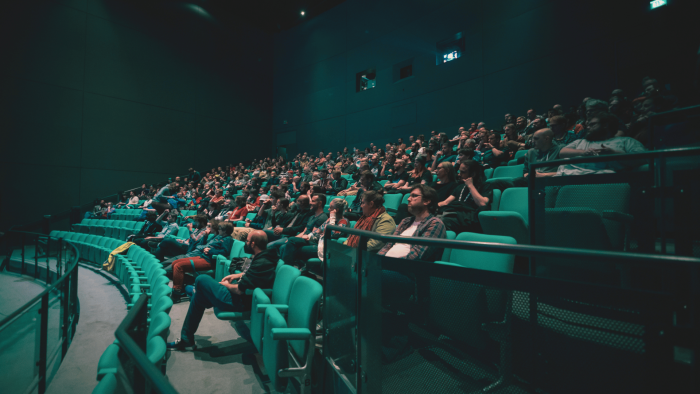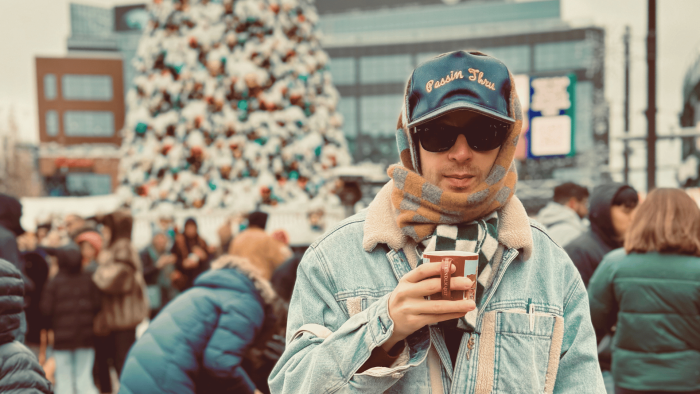Shoe designs feel inherently personal. Footwear can say a lot about a person, whether it’s a reliable classic or a rare vintage find bought off a sneakerhead on Ebay.
But what a shoe says doesn’t start with the person doing the styling. It starts with the person who designed the actual thing you wear on your feet. The shoes people will wear in the future are being shaped by the upcoming class of designers today, and one of those who will be influencing the designs of tomorrow is Greggy Bazile, who will spend one year participating as a Footwear Design Apprentice at New Balance.
Bazile is a 19-year-old architecture student at Cornell University, and he studies footwear design at Pensole Student Academy in Detroit. Cornell is on hold for a year as he apprentices with New Balance.
“I hope to gain industry experience that will help establish my presence in the design
Profession,” Bazile tells me over email. The experience will cover the entire product creation process through New Balance—a brand Bazile was drawn to for specific reasons. “I like the way New Balance approaches collaboration with up-and-coming designers and artists.”
Bazile is from Cambridge, Massachusetts. He has a background in arts, including working with artists painting murals across the city through the Cambridge Community Art Center that led to murals of his own. Architecture, industrial design, and construction are all inspirations, as well as non-traditional materials.
I caught up with Bazile to learn more about his favorite era for shoes, thoughts on the industry, and where he sees footwear design going over the next couple of decades.

Cool Material: What first drew you to footwear design?
Greggy Bazile: Standing out. Looking good. The shoes can make an outfit. Also, growing up in Cambridge, MA. you didn’t have to look far to feel the presence of footwear design companies in my backyard.
I spent a lot of time at the Community Art Center, a local art center in the Port neighborhood of Cambridge. There, I would spend hours color-blocking shoes on Adobe Illustrator. In fact, when I first applied to Pensole Footwear Design Master Class, I collaborated with one of my mentors there who helped me shoot my application video for submission.
Apprenticing with a well-known brand comes with a lot of history. How do you balance tradition and innovation?
A brand that already has a strong reputation and legacy doesn’t need to be remade, but whatever I contribute to it will always be a reinterpretation through the lens of my experiences and artistic influences. As a designer I balance tradition and innovation through compromise and by translating the needs of my consumer.
What are your all-time three favorite shoe designs that inspire you?
Tassel loafers are a classic. I’m drawn to suede; I like to see it on anything from a dressy shoe to an athletic silhouette. I’ll round out my top 3 with a high-fashion leather combat boot.

Designs conceptualized by Greggy Bazile for Pensole Design Academy
What are some underrated shoe design features that even die-hard collectors often
overlook but that you cherish or are crucial to overall design?
The tongue is often overlooked because it’s hidden most of the time, but it plays a big part in the breathability of the upper and the way a foot sits in the footbed. The eyelets are another underrated feature, because they can be placed on the inside or outside of a shoe—they are important to making sure the foot is secure while in motion.
If you were to pick one era of perfect shoe design, when was it and what made that era
special?
The era would be 2011-2015. I feel like the custom kick culture was really thriving then, because you could go to any brand’s website and customize a shoe and personalize it. You would also find a lot of artists painting directly on their shoes. Even watching signature athletes wear their own PE (Player Edition) shoes felt like a very exciting and inspiring time because new colorways would always come out based on the event (All-Star game, Black History Month, etc).
How many pairs of shoes do you have? How many do you actually get around to wearing?
I probably have around 20 pairs, but I only wear about three pairs regularly. Most of the shoes I have are performance based and I wouldn’t really ever wear them out for daily activities.
What untraditional materials are you most excited about right now and why?
Biomimetic material: new and innovative materials that mimic efficient qualities and characteristics found in nature. For example, a breathable textile weave that expands and contracts like a lung.
What do you see as the next biggest thing in shoe design that you hope to be a part of making more common in the industry?
I think the materials are going to change. Especially with the rising consumer awareness of sustainability, fast fashion, and the shelf life of their products.




